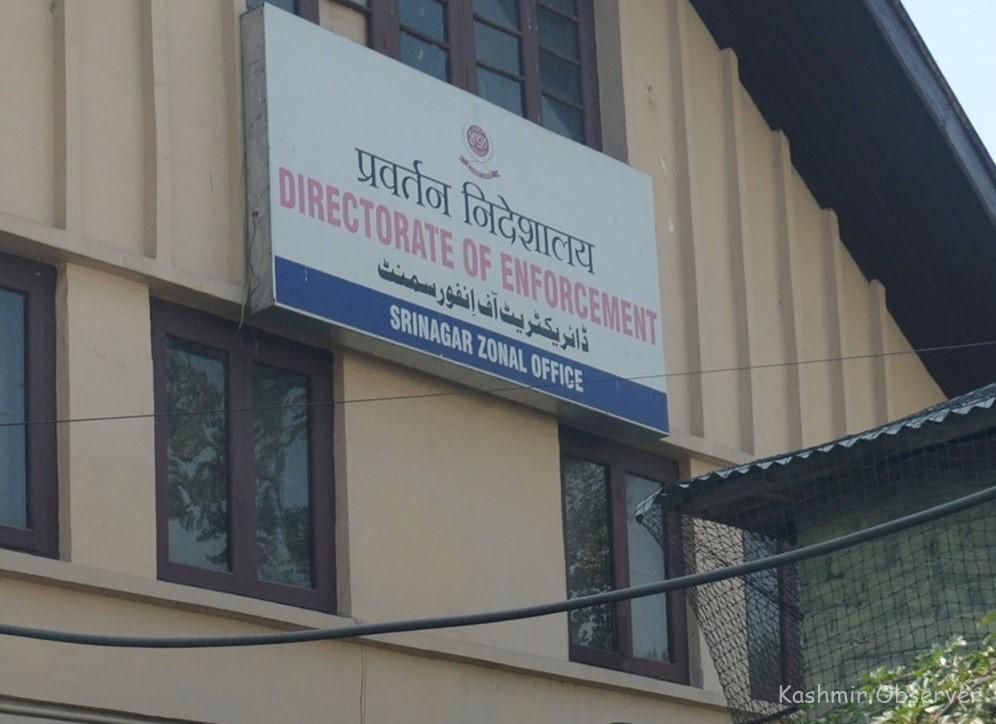SRINAGAR: As the Saffron crop is witnessing a decline with every passing day, the Agriculture Department Kashmir is planning to implement Weather Based Crop Insurance Scheme in Kashmir division during the current year. In the first instance saffron crop spread over an area of 3,700 hectares shall be covered under the scheme.
Divulging the details during a meeting of representatives of various insurance companies and departmental functionaries of Agriculture Department here, Director Agriculture Kashmir Mushtaq Peerzada said that the move has been initiated to save the cash crop and its trade from further damaged
It was decided in the meeting that the three companies shall be authorised to provide the insurance cover to the crop on uniform pattern and uniform data of premium. It was further disclosed that insurance cover shall be provided at Rs. 2 lakh per hectare and the crop shall be covered for deficit rainfall, consecutive dry spell, low temperature and high rainfall. 50% of the premium shall be borne by the Government under the scheme.
It was also given out that Insurance companies shall install an automatic weather station at Pampore for capturing of data on the basis of which the crop shall be covered.
Pertinently, Saffron cultivation has been taking a hit from the past many years.
From 5,707 hectares in 1997, saffron farms have shrunk alarmingly to a mere 3,010 hectares. And annual production has come down from 16 metric tons to a mere six.
By weight, Kashmir saffron is the worlds most expensive, selling for anywhere between Rs 2.5 lakh to Rs 3 lakh a kilogram. Experts at SKUAST believe that cement dust and lack of irrigation facilities have caused extensive damage to the cultivation. Though dry weather too has had an adverse role, growers say the major part of the blame lies with authorities. By their own estimates, yield per kanal of land has dropped from 15 or 20 kg to just ten last year. The fall was registered across the saffron belt and not only in a particular area.
The `golden crop provides livelihoods to thousands of people directly and indirectly. Authorities and experts, therefore, have to intervene with knowhow and quality seeds to improve production. Growers too will have to abandon primitive modes of cultivation and adapt themselves to improvements under proven scientific methodology, particularly when areas under the National Saffron Mission have shown better results.
Growers have been observed to be reluctant to give up their old ways and adopt modern techniques, little realizing the magnitude of the loss to their trade and to the state.
Experts suggest proper irrigation in September which is a crucial period for the crop.
Follow this link to join our WhatsApp group: Join Now
Be Part of Quality Journalism |
Quality journalism takes a lot of time, money and hard work to produce and despite all the hardships we still do it. Our reporters and editors are working overtime in Kashmir and beyond to cover what you care about, break big stories, and expose injustices that can change lives. Today more people are reading Kashmir Observer than ever, but only a handful are paying while advertising revenues are falling fast. |
| ACT NOW |
| MONTHLY | Rs 100 | |
| YEARLY | Rs 1000 | |
| LIFETIME | Rs 10000 | |











